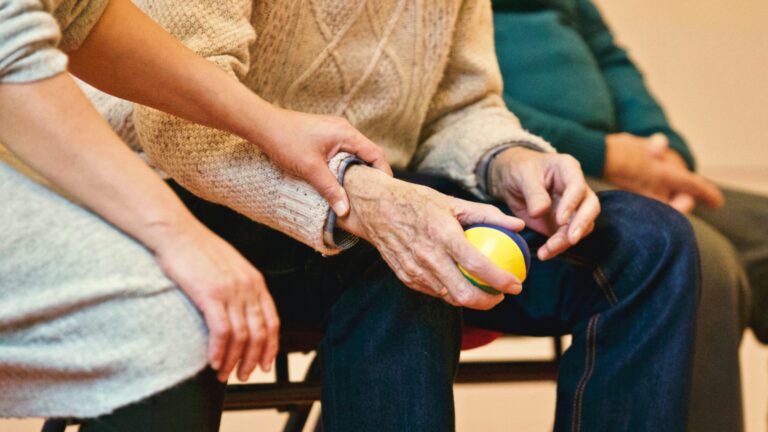
Can Fluffy Come to the Nursing Home with Me?
Several studies show the benefits of pets, and senior care communities are increasingly adopting pet-friendly policies.
IAdvance Senior Care’s recent post, “How Senior Care Community Design is Changing to Become More Pet-Friendly,” explains that pets can provide many valuable benefits in senior care settings, particularly because of their effects on mental and physical health. One study found that the presence of dogs was linked to less agitation and fewer behavioral issues for Alzheimer’s patients. In fact, according to News in Health, pets have been shown to help decrease the stress-related hormone, cortisol and lower blood pressure in residents who interact with our furry friends. Studies have also proven that pets can boost mood, reduce loneliness and help seniors feel they have social support.
In addition to health benefits, pets can also provide an important consistency for those who may be moving into a senior care setting. Many people see pets as family members, and a pet-friendly community that permits new arrivals to bring pets with them can avoid a painful separation.
More senior care communities are adopting pet-friendly policies, which can require design changes.
According to Natalie Ruiz, AIA, LEED, AP, NCARB, CDT, associate principal at CallisonRTKL, senior care communities that adopt a more pet-friendly approach see multiple benefits. “For residents, having a pet helps combat loneliness, increases social interaction and gives a sense of purpose,” she explains. “For communities, they see their residents thrive with increased mobility resulting from walking a dog or grooming a cat. There’s also a simple uptick in the job and happiness that comes with the residents having a sense of purpose.”
Ruiz says that in addition to designs and renovations that accommodate residents’ pets, some facilities also benefit from pet therapy programs that introduce community pets for residents to enjoy. In these instances, the facility’s residents still have access to animal companionship but don’t have the time or financial commitments of pet ownership. With the benefits of pets, care communities are increasingly requesting new pet-friendly elements. Ruiz said more and more senior care communities are working to include dog parks with dog washes and pet water fountains. Dog runs are also popular requests.
Ruiz says that while facilities can easily create dog-friendly spaces, they should also give some thought to creating a space for cat lovers. She also suggests that a care center trying to become pet-friendly should designate a pet coordinator who can help the residents with pet care.
Reference: iAdvance Senior Care (Nov. 30, 2021) “How Senior Care Community Design is Changing to Become More Pet-Friendly”









